Brad Hatfield – Songwriting for Film and TV
$1,250.00 Original price was: $1,250.00.$250.00Current price is: $250.00.
Digital Download: You will receive a download link via your order email after successful payment.
The field of songwriting for film and television has grown exponentially over the past few years, providing a promotional launching pad (as well as a potentially lucrative income stream) for artist and songwriter careers.
Songwriting for Film and TV
The field of songwriting for film and television has grown exponentially over the past few years, providing a promotional launching pad (as well as a potentially lucrative income stream) for artist and songwriter careers. This course will explore the techniques of writing music that will appeal specifically to music supervisors, editors, directors, and producers across any number of different genres.
The course begins with an overview of the historical and current uses of songs in order to succeed as a songwriter for film and television. You’ll then explore the elements of a visual-media-friendly song, including appropriate harmonic colors, rhythmic elements, and intros, vamps, and endings. Whether your material is background source music or a featured song, the course will teach you how to successfully write on demand and how to write for music libraries. You’ll learn effective techniques for collaborating, both during the writing and production process. Your ability to collaborate with other writers and performers will expand your network and greatly improve your chances for successful placement of your songs in visual media. The course will also explore important business considerations, including negotiation, payment, and rights.
Throughout the course, you will write several short songs—each of which provide an opportunity to master specific techniques needed to succeed as a songwriter for visual media. You will also write and produce a full-length song for a featured use in a movie scene. You will have several opportunities to improve your songs through collaboration with your classmates and guided feedback from your instructor. The goal of the course is to give you the knowledge and tools you need to successfully place your songs in a hit movie or a popular television series. You’ll start thinking more like a director and gain the skills to write songs that will enhance the overall production.
By the end of this course, you will be able to:
- Write or modify their songs to make them “media-friendly”
- Collaborate effectively with other writers and musicians
- Find opportunities for your music to be placed into visual media
- Exchange audio files for flawless collaborations
- Ask the right questions and listen effectively, when speaking to production staff regarding their needs for songs
- Negotiate effectively when entering into agreements with publishers and producers
- Understand the details needed for cue sheets to enable writer and publisher royalty income
- Understand key components in agreements between songwriters and third-party publishers specializing in song placement
- Write a song to work in sync with on-screen action (dancing)
- Write and orchestrate songs so the song effectively communicates time, location, and dramatic tone
Syllabus
Lesson 1 Historical and Current Use of Songs in Visual Media
Lesson 2 Songwriting “On Demand”
Lesson 3 Writing a Visual Media Friendly Song
Lesson 4 Writing for Music Libraries, Part 1
Lesson 5 Writing for Music Libraries, Part 2
Lesson 6 Background Source Music Not Sync’d to Picture
Lesson 7 Music Front and Center on the Dance Floor
Lesson 8 Collaboration, Part 1
Lesson 9 Collaboration within the Production Phase
Lesson 10 Featured Songs
Lesson 11 How Do I Get Paid for My Songs?
Lesson 12 Final Projects and into the “Reel” World
Requirements
Prerequisites and Course-Specific Requirements
You should have the following musical and technical skills:
- Ability to read and create music
- Intermediate experience with MIDI sequencing and digital audio software
- Ability to import and export QuickTime video with the song’s audio added to the movie
- Ability to record multiple tracks and ability to create MP3 files of the final mix
- Ability to create an offset start point in your digital audio workstation (DAW). This will be used to adjust the start time of the QT video scene
Completion of the following Berklee Online courses, or an equivalent skill set, is strongly recommended:
- Music Theory 101
- Getting Inside Harmony 1
- Songwriting: Writing Hit Songs
- Arranging 1
- Music Production 101
- Recording and Producing in the Home Studio
Required Textbook(s)
- None required
Software Requirements
- A program that can combine the audio you furnish with the supplied QuickTime files (several DAWs can also do this).
- A DAW (Pro Tools, Logic Pro X, Digital Performer, Cubase, etc.). Students should possess an intermediate sequencing skill level with these programs
- A program to capture audio playing in your internet browser. There is a free extension for the Chrome browser called Chrome Audio Capture which will allow you to capture full range audio (without using a mic) for our research purposes.
Hardware Requirements
- MIDI keyboard
- Audio interface recommended
Instructors
Author & Instructor
Brad Hatfield is a Boston-based Emmy award-winning composer, keyboardist, arranger, orchestrator, and award-winning educator. Writing and producing songs in a variety of genres, Brad’s works have been heard internationally through repeated placements in film (Borat, Iron Man 2, Analyze This, The Break Up), and TV shows/promos (Friends, CSI, NCIS, Saturday Night Live, American Horror Story, The Sopranos, GLEE, The Good Wife), just to name a few. Brad served as co-composer for the FX series Rescue Me, and is currently composing for the CBS daytime drama The Young and the Restless, where he has annually received Emmy nominations in 2015 through 2019.
As a keyboardist, Brad has performed and recorded regularly with the Grammy nominated Boston Pops since 1990 under John Williams and Keith Lockhart. He has accompanied artists including James Taylor, Bono, Martina McBride, Patti Austin, Guster, Audra McDonald, and Kenny Loggins. The Boston Pops has commissioned Brad to orchestrate for a variety of artists including Demi Lovato, Darlene Love, Kristin Chenoweth, and Susan Tedeschi.
Brad has also toured internationally with jazz artists performing at major festivals (North Sea, Montreal, Perugia) and well-known venues (The Blue Note, Birdland, Ronnie Scott’s). Brad appears on dozens of recordings ranging from Jazz to Americana, and was the featured piano soloist with the Boston Symphony Orchestra for Clint Eastwood’s Mystic River soundtrack.
Brad received the 2012 UPCEA “Best Online Course” award for his Berklee Online Music Supervision course, and also won the 2014 UPCEA “Excellence in Teaching” award for his work at Berklee Online as a facilitator of his Music Supervision and Songwriting for Film and TV courses. Brad holds a graduate degree in Management from Cambridge College.
What’s Next?
When taken for credit, Songwriting for Film and TV can be applied towards these associated programs:
Associated Certificate Programs
- General Music Studies Professional Certificate
- General Music Studies Advanced Professional Certificate
Associated Degree Majors
- Bachelor’s Degree in Music Composition for Film, TV, and Games
- Bachelor’s Degree in Songwriting
- Bachelor’s Degree in Songwriting and Producing Music
Get Download Brad Hatfield – Songwriting for Film and TV at IMC.sale today!
Delivery Method
– After your purchase, you’ll see a View your orders link which goes to the Downloads page. Here, you can download all the files associated with your order.
– Downloads are available once your payment is confirmed, we’ll also send you a download notification email separate from any transaction notification emails you receive from IMC.sale.
– Since it is a digital copy, our suggestion is to download and save it to your hard drive. In case the link is broken for any reason, please contact us and we will resend the new download link.
– If you cannot find the download link, please don’t worry about that. We will update and notify you as soon as possible at 8:00 AM – 8:00 PM (UTC+8).
Thank You For Shopping With Us!

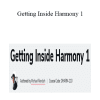
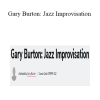
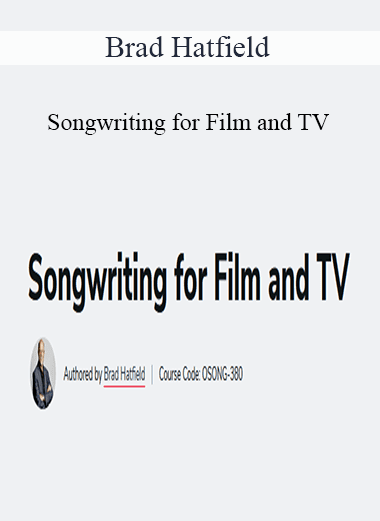
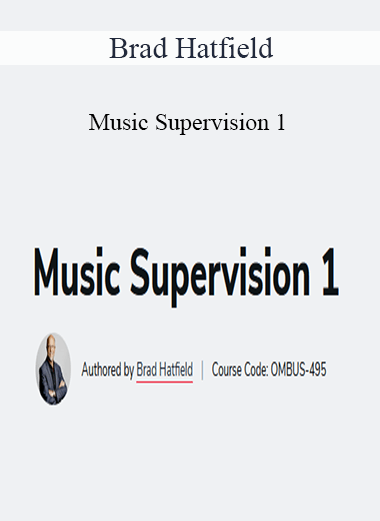

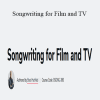
10 reviews for Brad Hatfield – Songwriting for Film and TV
There are no reviews yet.